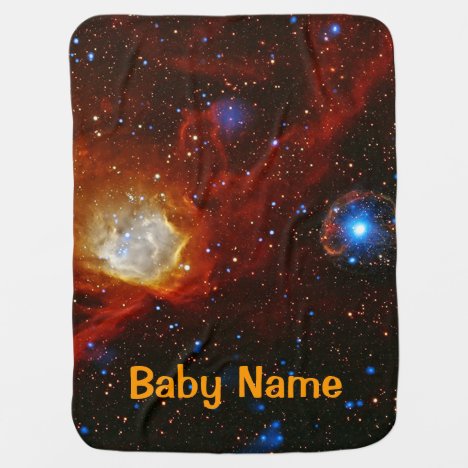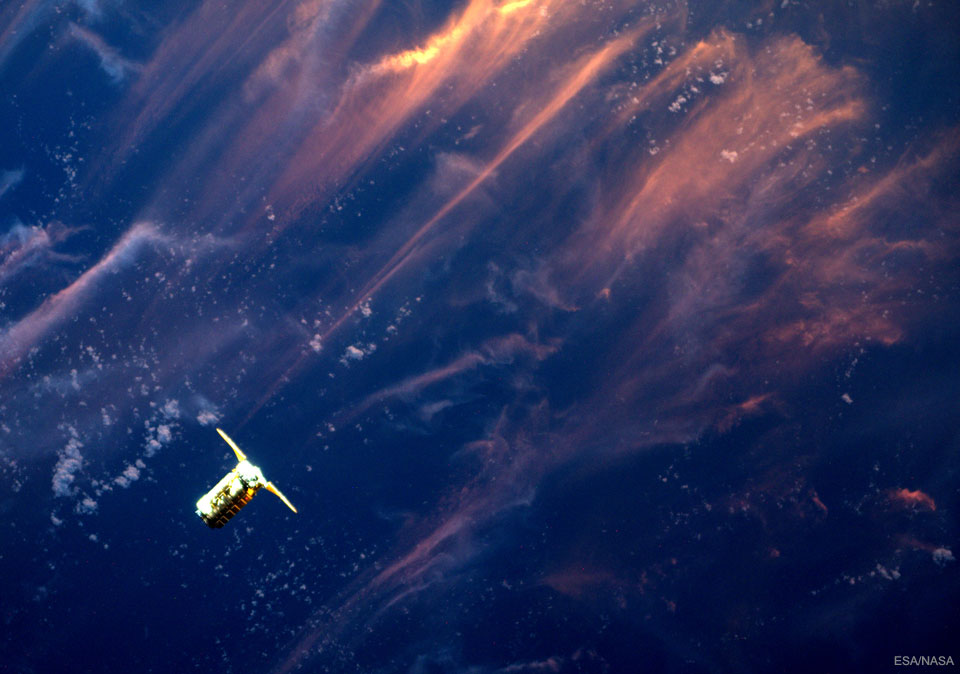Scientists have confirmed a nearby star's planetary system contains separate belts of asteroids, similar to our own solar system. The star is also about one-fifth the age of our sun. All that makes this star a good model of the early days of our solar system.
via Science Daily
Zazzle Space Exploration market place

